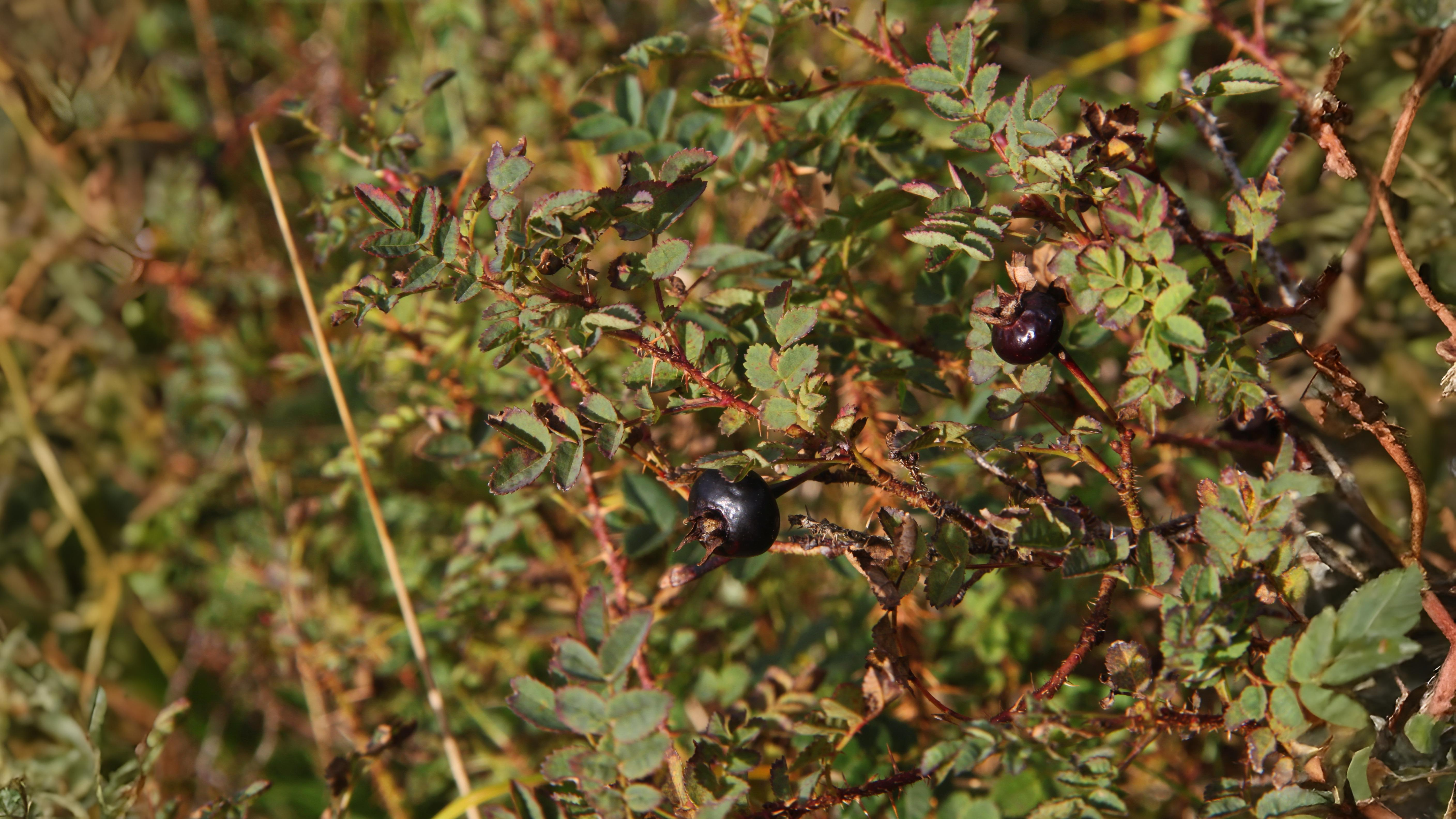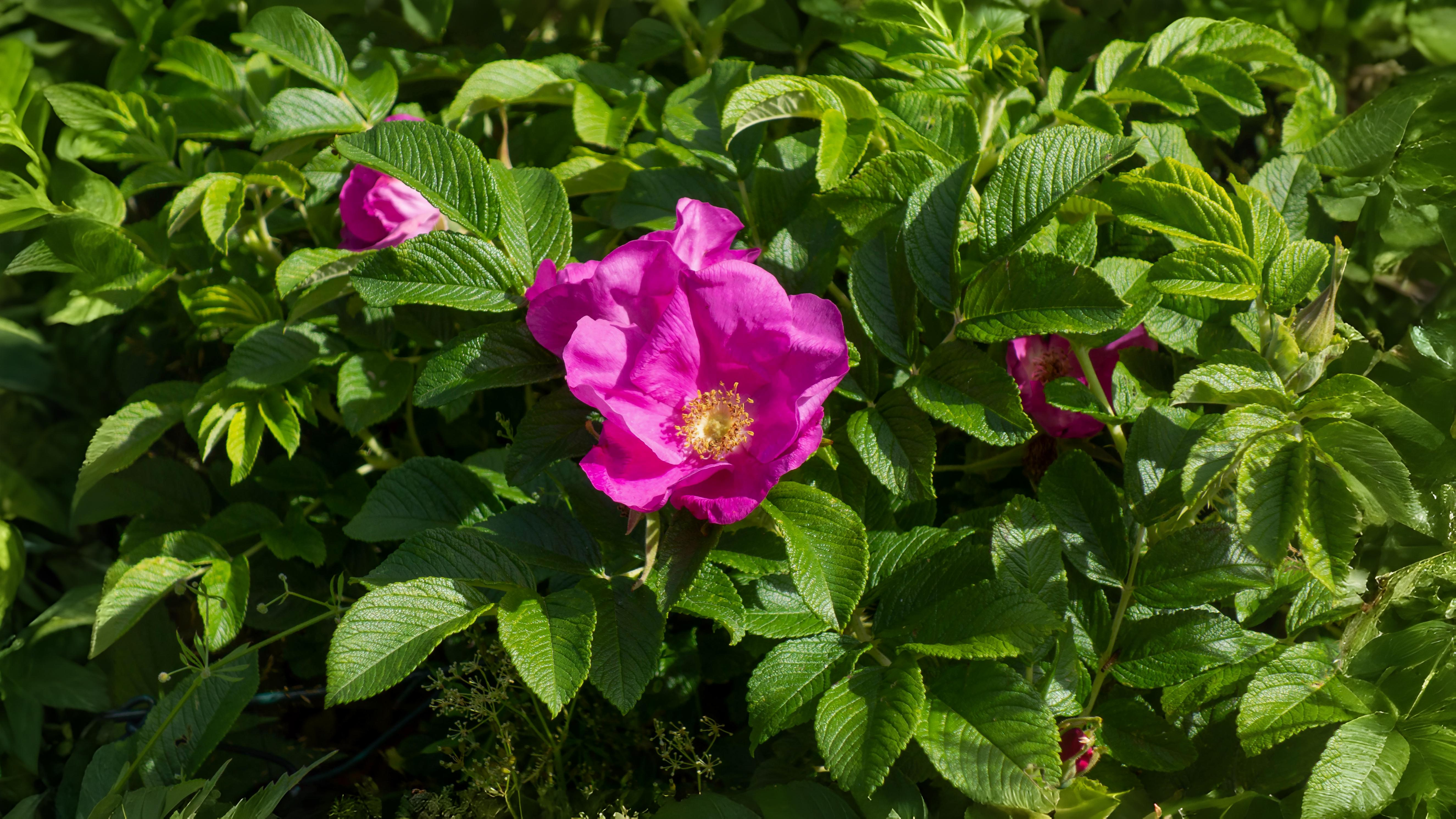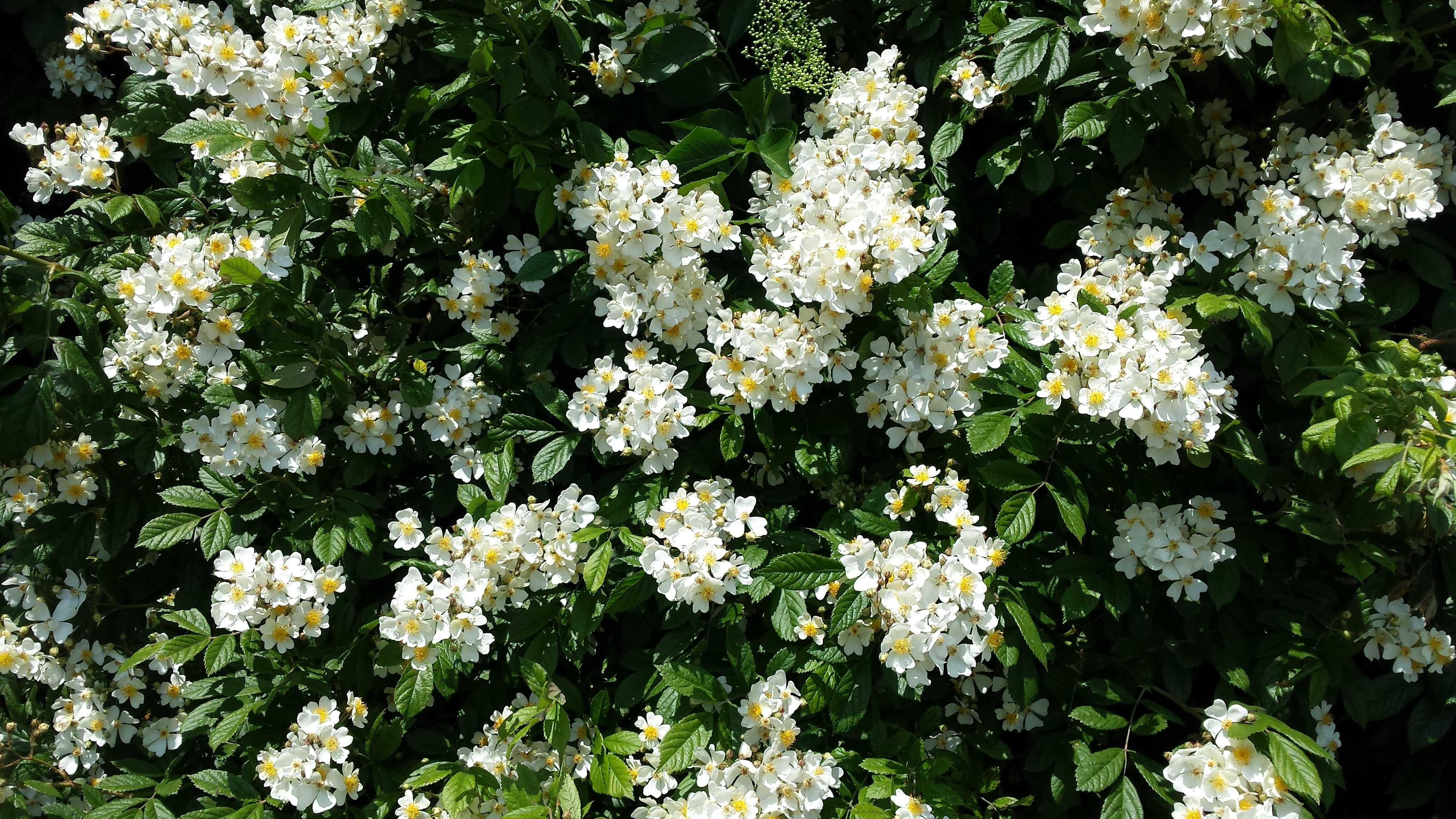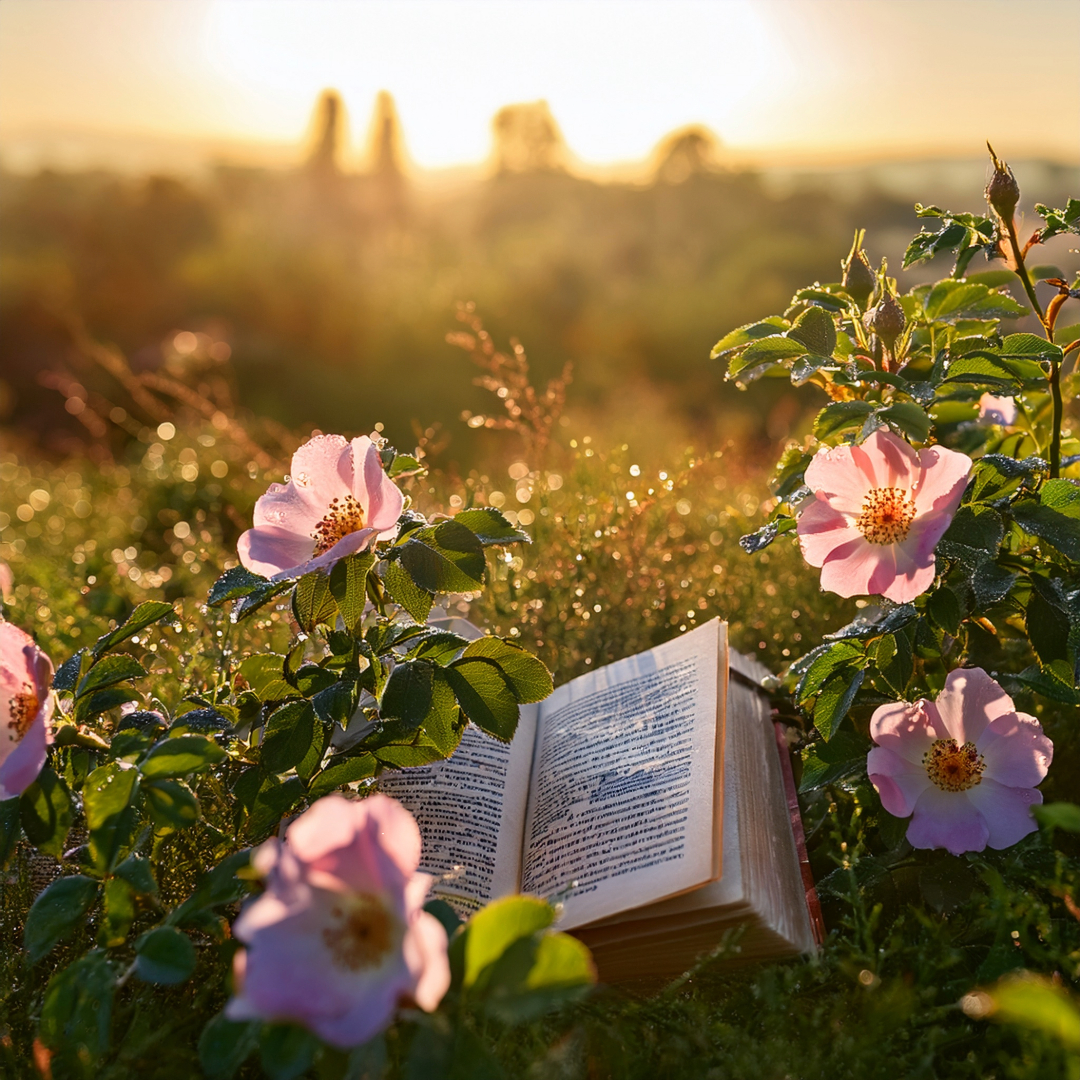
Why did Tudor gardens favour these blooms? Which rose still thrives on Barnes Common after 300 years? Return June 13 to uncover the secrets of London’s wild roses—where poetry, history, and thorns entwine.
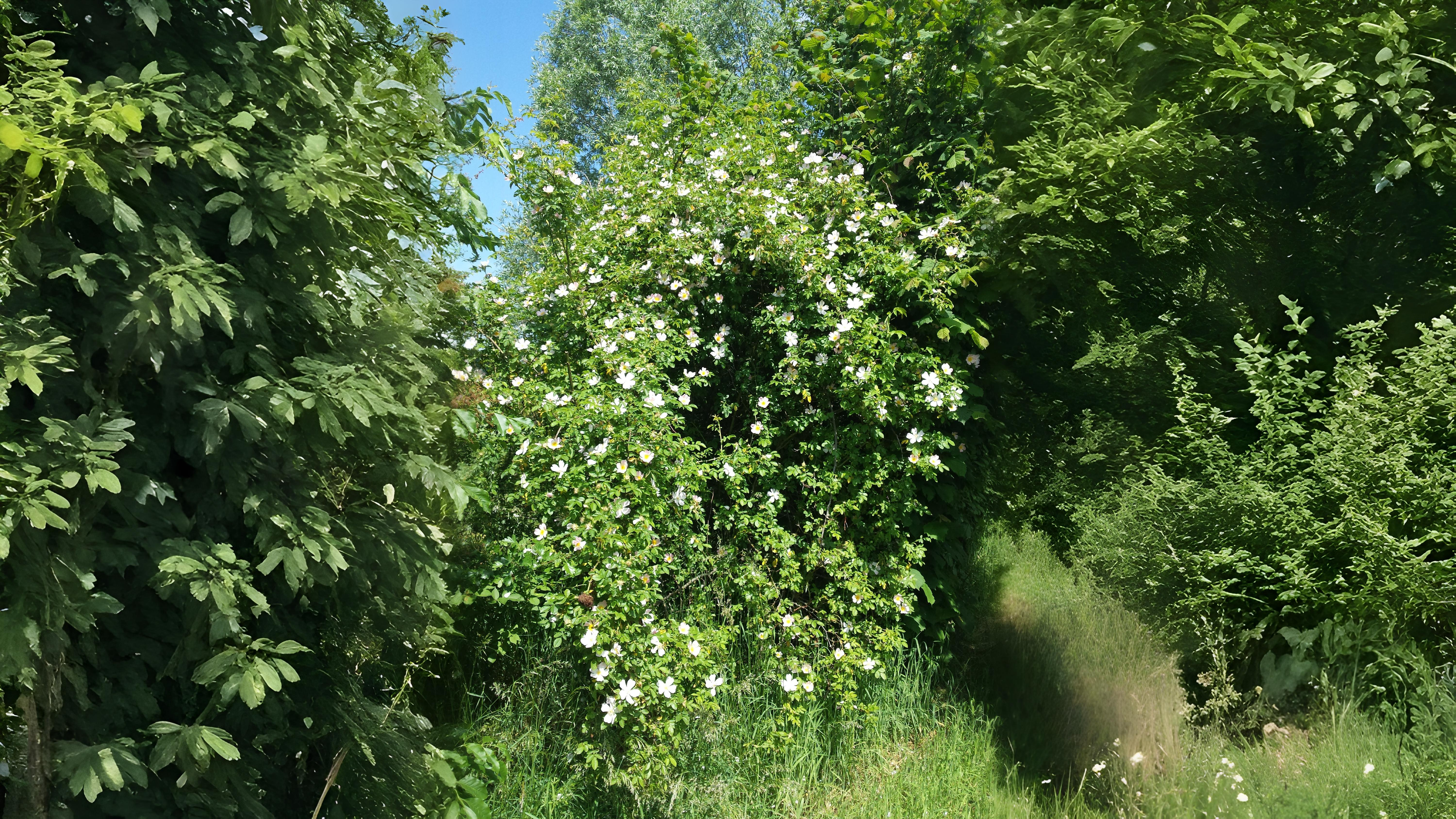

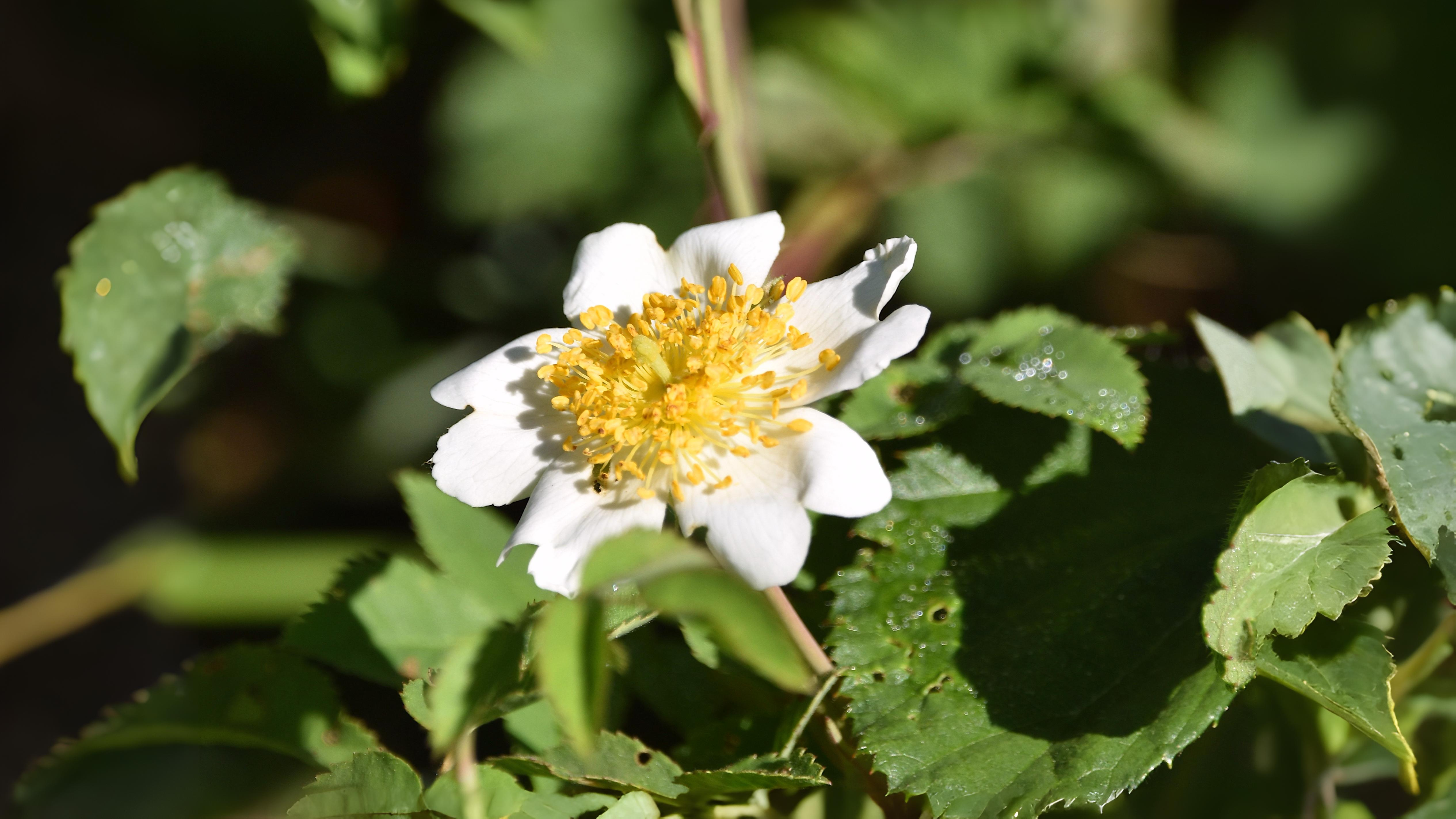

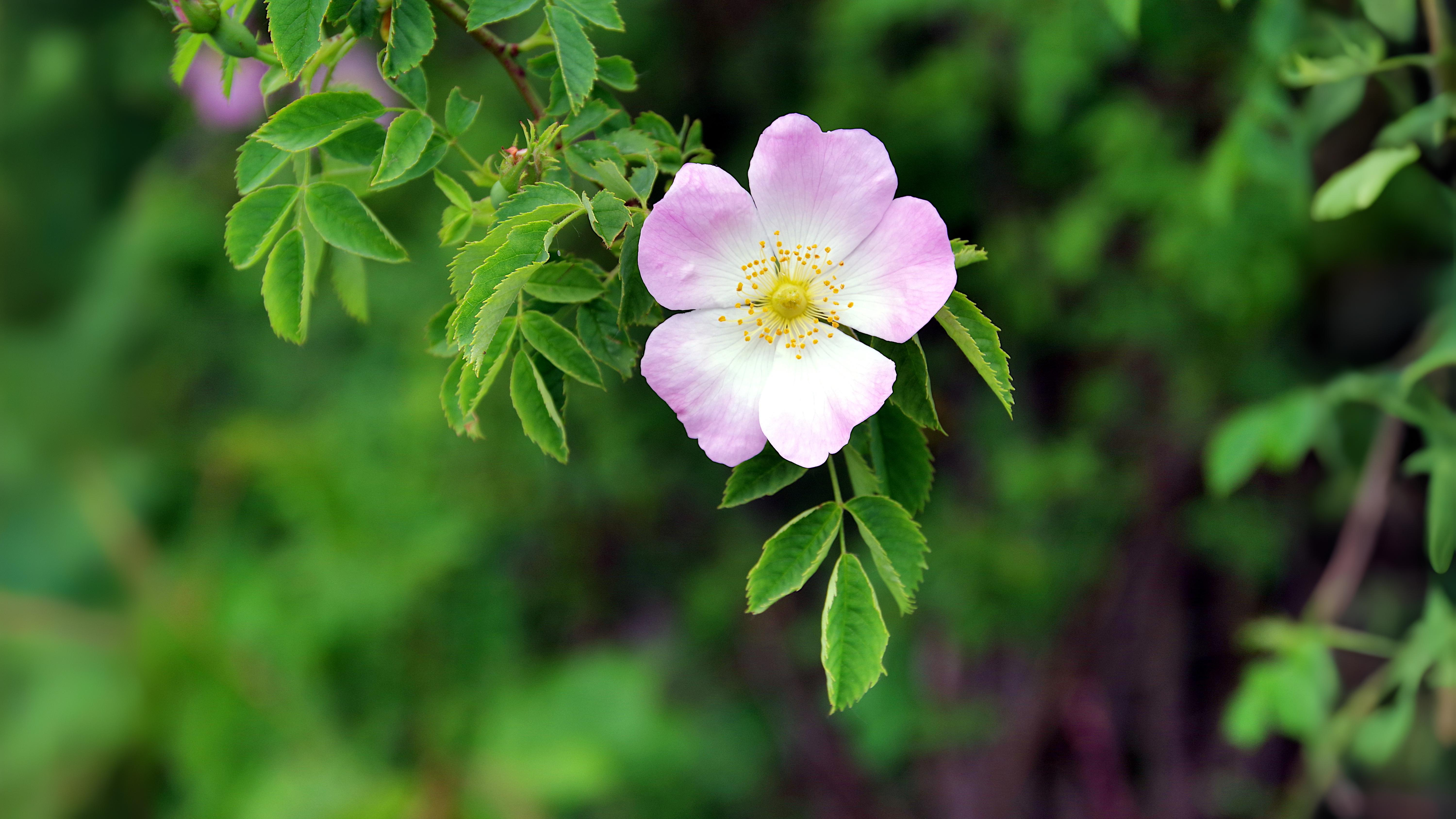

Scent is also not a good character to identify wild roses. Dog roses have a light, sweet scent, which they quickly lose once their flowers are fertilised. Field roses have a light musk scent for some people and no scent at all for others. Eglantine flowers also have no scent but the Burnet rose R. pimpinellifolia has perhaps the best of scent all, with hints of jasmine.
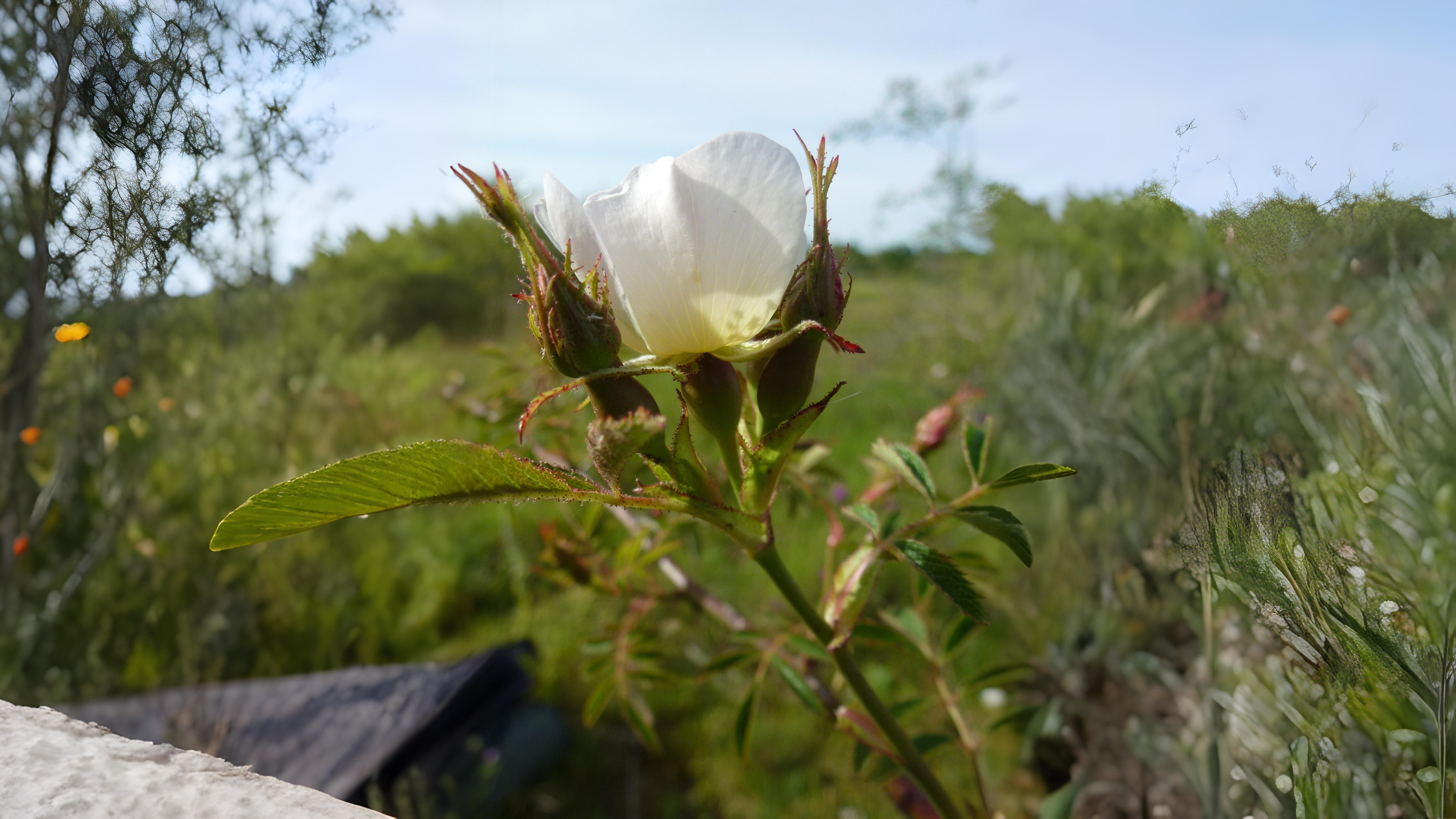

Generally when it comes to identifying wild roses in the field it is not easy as a number of them hybridise. It is best to ignore the colour of their flowers and examine the shape of their thorns, length of their styles and the shape, colour and hairiness of their leaves.
